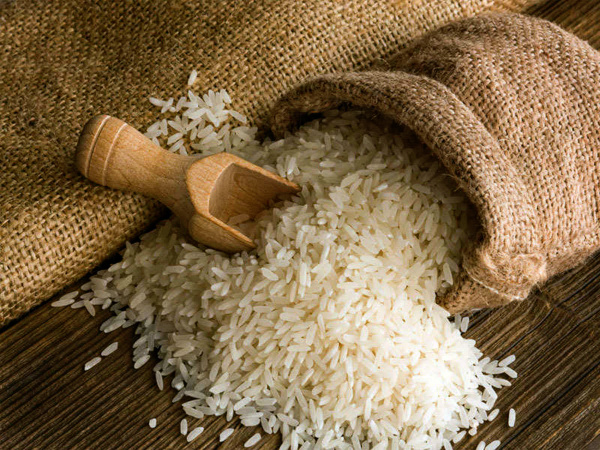An imminent agreement on the geographical indications (GI) with European Union (EU) could boost India’s basmati rice exports to $500 million in 1-2 years from the current $250 million as realisation is expected to increase with the quality-conscious consumers, officials say.
However, independent observers said the shipments might not see any significant increase in volume in the short term unless there are concerted efforts to find buyers in countries, other than the United Kingdom (UK). However, price realisation will see an improvement with GI as the authenticity of pure basmati will be maintained.
India had exported $ 245.4 million worth of basmati rice to EU countries (including the UK) during April-January of FY21, up from $ 207 million during the entire 2019-20. The share of the UK in terms of volume has been nearly half in the total shipments of basmati sent to the EU region and the country also among the top 10 destinations of export of the aromatic Indian rice.
However, the price realisation in the UK has been lower, compared to many other countries. For instance, during April-January of 2020-21, Indian basmati exporters earned $16 million more despite shipping 4,000 tonne less rice to Kuwait compared to the UK. The export to the UK was about 1,48,500 tonne during the 10 months of FY21.
“The current pending registration of basmati GI in EU and proposed India and EU GI agreement could be pursued to our advantage. Beyond basmati, there is an immediate opportunity in textiles and handicraft GI,” said S Chandrasekaran, a trade policy analyst and author of a book on basmati GI. However, when compared to the GI products of both countries, the consumption of EU’s produce in India can be immediate whereas Indian products are required to be nurtured, Chandrasekaran said.
India and the EU last week agreed to enhance the bilateral trade and investment relationship through the resumption of negotiations for a balanced, ambitious, comprehensive and mutually beneficial trade agreement, eight years after its suspension. The two sides also agreed to launch negotiations for two key pacts on investment protection and GI.
“India has more agriculture, food, handicraft, artisan products under GI while in case of EU, more than 72% of its GI product sales come from wine and spirits. The principles and objectives of the proposed GI agreement will differ sharply due to ‘definition of culture’ and product segments,” Chandrasekaran said. For instance, the EU applied for registration of 121 products in India out of which 92 belong to the wine and spirit category, he said adding EU will increasingly look for facilitation in GI product registration and market access.
Despite the pandemic and overall exports slump, India posted impressive growth in exports of agriculture and allied products in FY21, with buoyant shipments of a host of commodities including non-basmati rice, wheat, soya meal, spices, sugar, cotton, fresh vegetables, processed vegetables and alcoholic beverages. As per the data for the April-February period of last fiscal, India’s foreign trade balance in agriculture increased by 41% on year to Rs 1,32,580 crore.
Agriculture and allied products worth Rs 2.74 lakh crore were exported in the first 11 months of the last fiscal as against Rs 2.31 lakh crore in the year-ago period, up 18.6%, while imports marginally increased by 3% to Rs 1.41 lakh crore. India has consistently maintained a trade surplus in agricultural products over the years. The country’s agricultural and allied sectors’ exports were Rs 2.52 lakh crore and imports were Rs 1.47 lakh crore during FY20.
Source: Financial Express
You may also like
-
Trade Connect E-platform For Exports Is Single Window, Fast, Accessible And Transformational: Shri Piyush Goyal
-
Dot Simplifies Approval Processes For Telecom Licenses And Wireless Equipment
-
Coal Production and Supply Trends on Positive Trajectory
-
Union Minister To Release Booklets On Promotion Of Indigenous Species & Conservation Of States Fishes
-
2nd India-Japan Finance Dialogue held in Tokyo on 6th September, 2024
